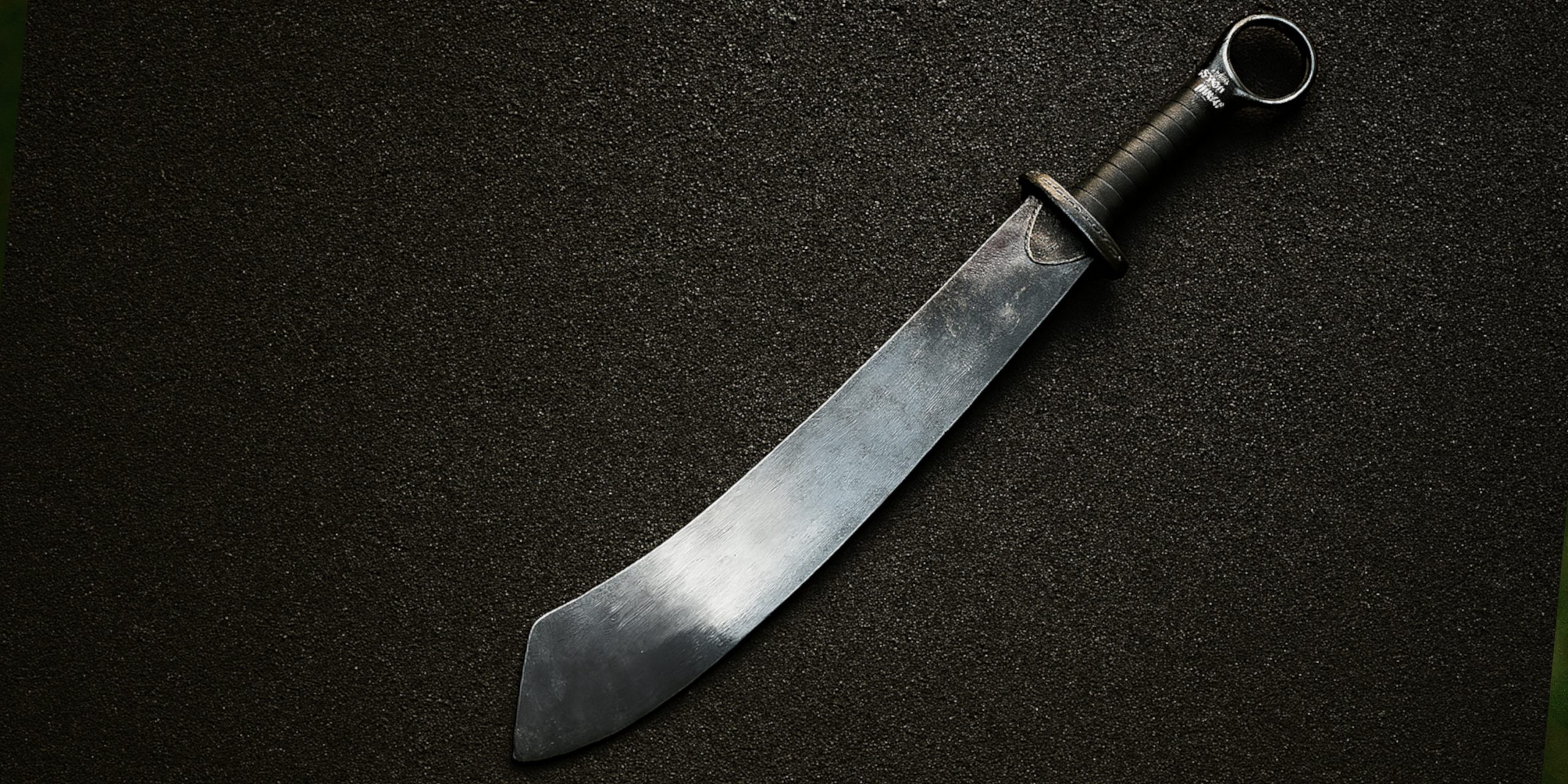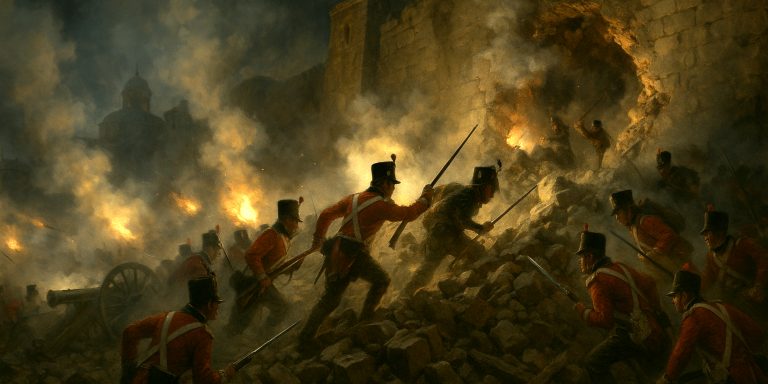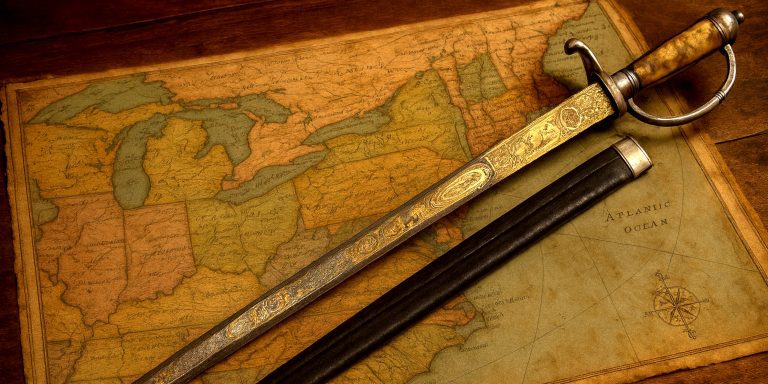
The Kandao is a type of traditional Chinese sabre that emerged as part of the Qing dynasty’s broader family of dao weapons. It was a single-edged curved sword, optimised for slashing and chopping rather than thrusting, and was used by both infantry and cavalry. Its form is closely related to other Chinese sabres such as the liuyedao (willow-leaf sabre) and piandao (slashing sabre), but the Kandao often featured a slightly straighter blade and a heavier build, giving it distinctive handling characteristics.
Specifications
While variations existed, a typical Kandao could be described as follows:
| Feature | Typical Specification |
|---|---|
| Blade length | 65 to 80 cm |
| Overall length | 85 to 100 cm |
| Blade curvature | Mild to moderate curve |
| Blade width | 3 to 4 cm |
| Weight | 0.9 to 1.4 kg |
| Blade type | Single-edged, sharpened on one side with a flat spine |
| Grip | Wood or horn, often wrapped with cord or ray skin |
| Guard | Simple oval or disc-shaped tsuba-like guard |
| Sheath | Wooden, lacquered, sometimes leather-covered |
History and Evolution
The Kandao appeared during the late Qing dynasty, in an era when the Chinese military was adapting to changing battlefield realities. It was likely influenced by both native designs and the influx of foreign sword styles brought through trade and warfare.
The dao family as a whole had evolved from earlier straight double-edged jian swords, shifting toward curved single-edged blades to maximise cutting efficiency. The Kandao sat between the heavier yanmaodao (goose-quill sabre) and the lighter liuyedao, offering a compromise between cutting power and agility.
With the gradual modernisation of the Chinese army and the introduction of firearms, the Kandao and other dao became more symbolic or ceremonial in function, though they remained in limited use with martial artists, militia, and some Qing loyalist forces into the early 20th century.
Advantages and Disadvantages
Advantages
- Balanced compromise between cutting power and manoeuvrability
- Effective for both mounted and foot soldiers
- Strong blade construction, capable of withstanding heavy blows
- Simpler to manufacture compared to more ornate swords
Disadvantages
- Less effective for thrusting than a straight sword
- Limited reach compared to polearms or longer sabres
- Declining practicality in the age of firearms
- Heavier than the most agile dao types, potentially fatiguing in prolonged combat
Comparison with Similar Weapons
| Weapon | Key Differences from Kandao |
|---|---|
| Liuyedao | More curved, lighter, faster in slashing but less force in heavy cuts |
| Yanmaodao | Straighter with a sharper point, better for thrusting, heavier in some examples |
| Piandao | Highly curved, optimised for slicing and draw-cuts, less versatile |
| Miaodao | Longer two-handed weapon, designed for reach and battlefield sweeping cuts |
| Japanese Katana | Similar length and single edge, but with different forging methods, guard design, and cultural context |
Legacy
The Kandao is a lesser-known dao variant in modern martial arts practice but retains importance among collectors and historians. It serves as a reminder of the transitional period in Chinese weaponry when traditional arms were adapting to the demands of modern warfare. Surviving examples often display functional rather than decorative features, highlighting their practical battlefield role.
Where to See
Authentic Kandao can be found in collections and museums, often alongside other Qing-era weapons:
- The Palace Museum, Beijing – Houses examples from imperial armouries
- National Museum of China – Includes Qing military weapons displays
- Private collections – Notably in Hong Kong, Taiwan, and overseas Chinese diaspora communities
- Auction catalogues – Occasional listings of functional examples and ornate ceremonial pieces
Collector’s Guide and Auction Prices
Collecting Tips
- Inspect blade geometry and curvature to confirm authenticity
- Check for period-correct materials such as ray skin grips or lacquered scabbards
- Look for Qing dynasty marks or inscriptions, although many Kandao were unmarked
- Avoid over-polished blades, which may have lost historical patina
Auction Price Ranges
| Condition / Type | Price Range (GBP) |
|---|---|
| Standard military issue, fair condition | £400 – £800 |
| Well-preserved combat examples | £900 – £1,500 |
| Ornate or officer-grade with embellishments | £1,600 – £3,500 |
| Museum-quality or rare variants | £4,000+ |
Prices vary depending on provenance, condition, and regional interest. Kandao are less frequently seen at auction compared to other dao types, making high-quality examples more desirable to specialised collectors.



